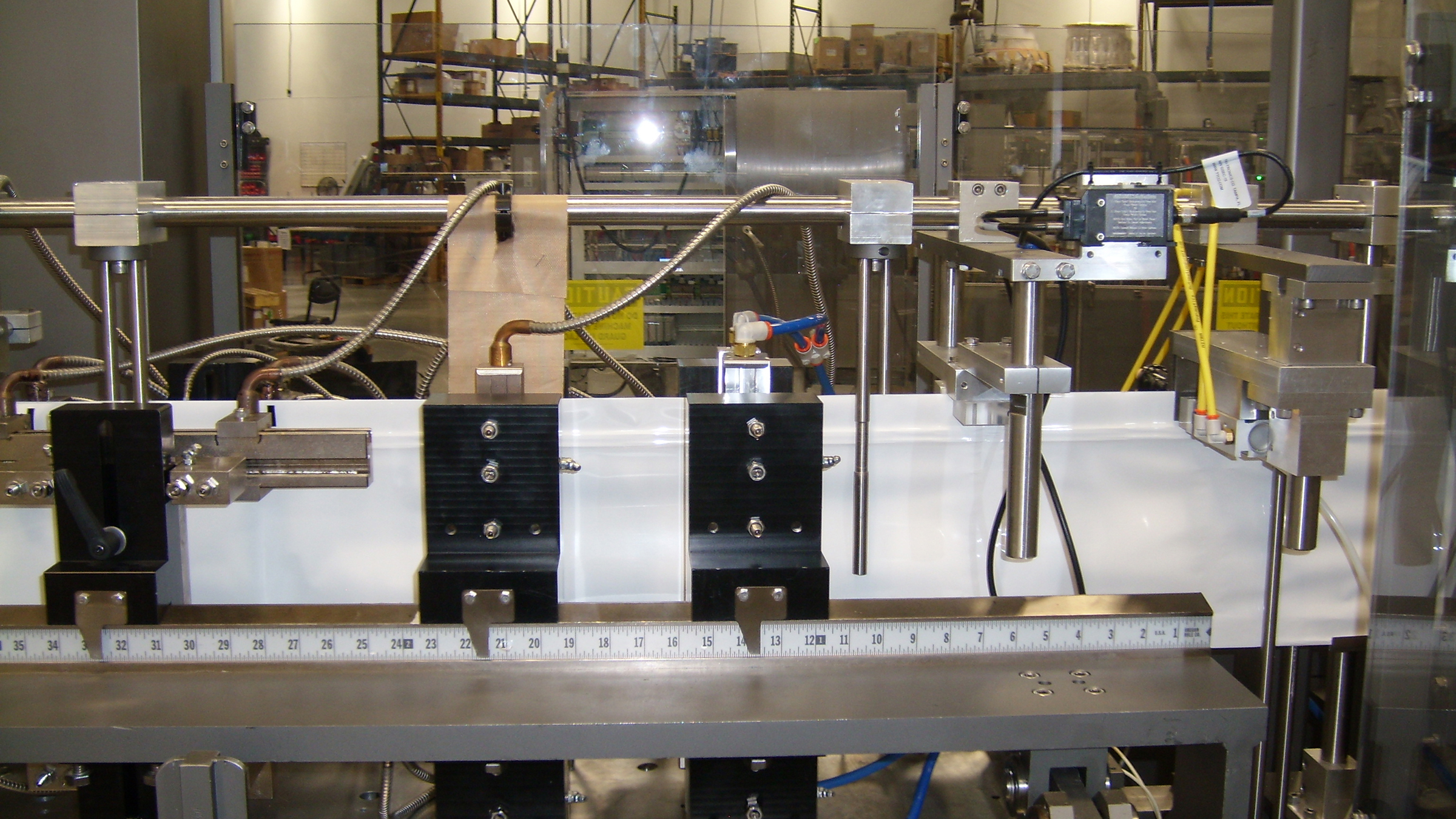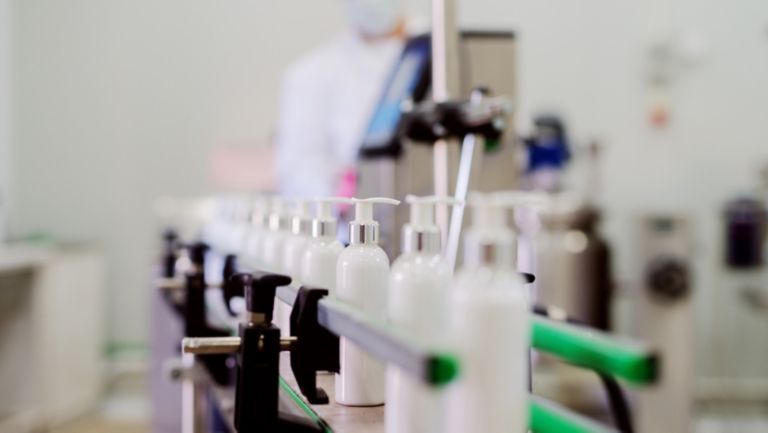HMC delivers big savings by transforming medical-test-kit packaging
HMC Products has spent more than four decades helping manufacturers create more productive and innovative packaging operations. Today, the company’s Pouchmaster form-fill-and-seal machines are used to package food, medical equipment, consumer packaged goods and other products at rates of up to 300 pouches per minute while minimizing costly maintenance and downtime associated with changeover.
Recently, HMC was tasked with helping to create a new, more efficient machine to package in-demand medical test kits. Typically, parts for these test kits are packaged in separate pouches, which are then all placed in a box together. But one HMC customer decided to take another approach: packaging all test-kit parts in a single pouch. Doing so would not only improve production efficiencies, but also create a simpler user experience.
HMC designed a new machine that packages all test-kit components into two compartments of a single pouch. This new packaging solution is saving the customer millions – and has created new possibilities for packaging a wide range of medical test kits.
Overcoming production challenges
HMC’s tailored solutions for its customers begin with an existing HMC platform as the foundation. In this case, it was the Pouchmaster IM 8-10 model.
“The machine has three servo-driven components: a film feeder, a main shaft and a pouch transfer chain,” said Jeff Berg, product development manager for HMC. “That’s the basic machine. From there, we customize it to fit customer needs.”
For this customer, HMC’s machine first needed to convey three test-kit parts above the machine. Then, the machine needed to drop each part rapidly and accurately into its designated pouch compartment via a bowl feeder.
As part of this work, HMC faced three key challenges.
First, HMC had to make sure that the machine only placed one part into each pouch compartment. Second, because the vial contains sensitive chemicals, HMC needed to avoid disturbing them by making sure that the machine handled parts at appropriate speeds. And third, HMC needed to make sure that each pouch compartment was properly sealed.
Controlling a delicate process
HMC built the pouching machine on an Allen‑Bradley® L33ERM CompactLogix™ controller. Allen‑Bradley Kinetix 5500 servo drives operate the main shaft, pouch transfer chain, and the film feed roll with an Allen Bradley 525 variable-frequency drive (VFD) running the film power web unwinder and the test paddle conveyor. The drive’s indexing and speed-monitoring capabilities help synchronize operation between the two components, allowing for accurate part loading.
“The parts have to drop into the pouches at just the right time and at just the right speed,” Berg said. “The VFD achieves this by providing complete control of the machine’s accelerations and decelerations. We programmed the machine to count groups of pouches, accelerate the conveyor, count groups of pouches at a slower speed, and then accelerate the conveyor again. This allows the machine operator (or a piece of automated equipment) to swoop up groups of pouches without requiring the operator to perform the counting.”
The VFD’s speed-management capabilities also help the machine manage careful handling of the chemical vials. For example, if someone stops the machine, the VFD can help prevent the fillers from shaking or moving to help protect the chemicals.
After loading parts into the pouches, the machine uses a double-seal bar to seal the pouches. Because production rates can change, the seal bar’s heat settings can vary. To help maintain seal integrity at any production rate, HMC incorporated an Allen‑Bradley thermocouple module to confirm seal heat.
HMC also stored settings for multiple production runs in the PLC to help make life easier for the customer.
“They have 15 built-in product recipes that they can pull up and run without changing a thing,” Berg said.
Big savings, smaller machines
Upon seeing that the machine could indeed deliver test kits fully contained in a single pouch, HMC’s customer quickly upped its order – from two to sixteen machines.
The four machines that the customer initially deployed helped meet ongoing demand for test kits, producing 45 pouches per minute on 10-hour shifts, five days per week. The efficiencies gained from the machines helped the customer save approximately $2 million in production costs. HMC expects that even greater savings are in store when the remaining 12 machines are deployed.
Another long-term benefit that the machines will provide is ease of maintenance. The machines are all built the same, making maintenance common across them. HMC also created fault messages for every fault that it could identify to reduce troubleshooting time.
“When this machine stops, we tell them why and we tell them what the possible fixes are,” Berg said.
HMC has also helped its customer realize savings by optimizing the machine’s footprint after its initial deployment.
“The first two machines they bought were ready to do anything and everything,” Berg said. “But after they perfected the production process, they had some empty stations. We removed these and shortened the machine frame by 5 feet. Those savings can go a long way given how expensive square footage is in many places. It’s just another advantage of working with a company that can customize a machine to your specific needs.”


